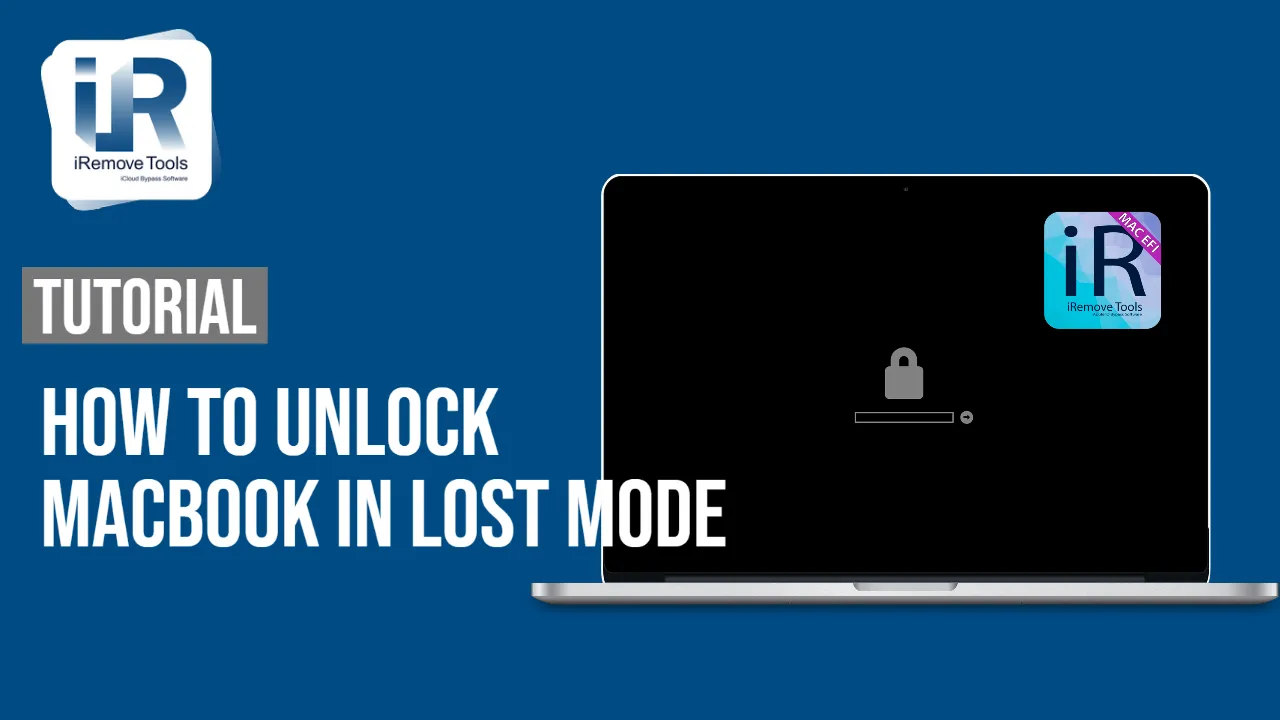Are you a Mac user who is looking for ways to make the most out of your machine? Do you want to take advantage of all the features and functions that your Mac has to offer? Then AnyWebP For Mac is just what you need. AnyWebP For Mac is an app designed specifically for Mac users which helps them unlock the full potential of their device. With this app, Mac users can easily convert any image into a WebP format, which will reduce its file size and improve website loading speed significantly. This article will discuss all the features and benefits that AnyWebP For Mac offers, so keep reading to find out more!
What is AnyWebP?
AnyWebP is an open-source file format that enables lossless compression of web images. It was developed by Google and released in 2010. AnyWebP offers 25-34% better compression than JPEG, making it ideal for use on the web. In addition, AnyWebP supports transparency and animation, making it a versatile format for web images.
How to use AnyWebP
AnyWebP for Mac is a powerful tool that can help you unleash the full potential of your Mac. With AnyWebP, you can easily manage and customize your web browsing experience. Here are some tips on how to use AnyWebP for Mac:
1. Choose your default web browser: AnyWebP for Mac allows you to choose your default web browser. You can either use Safari or any other web browser that you prefer. To set your default web browser, simply go to the AnyWebP Preferences pane and select your preferred browser from the drop-down menu.
2. Change your homepage: You can also change your homepage with AnyWebP for Mac. Simply go to the AnyWebP Preferences pane and click on the “Homepage” tab. From here, you can enter the URL of the website that you want to be set as your homepage.
3. Customize your toolbar: Another great feature of AnyWebP for Mac is the ability to customize your toolbar. You can add or remove buttons from the toolbar by going to the AnyWebP Preferences pane and clicking on the “Toolbar” tab. From here, you can add or remove buttons by drag-and-dropping them onto or off of the toolbar.
4. Use keyword shortcuts: AnyWebP for Mac also supports keyword shortcuts, which allow you to quickly perform certain actions with just a few keystrokes. To view a list of available shortcuts, simply go
AnyWebP vs. Other WebP Converters
AnyWebP is the only WebP converter that allows Mac users to fully unlock the potential of their devices. With AnyWebP, users can easily convert any type of image file to the WebP format with just a few clicks. Additionally, AnyWebP offers a wide range of features and options that other WebP converters simply cannot match.
Some of the key advantages that AnyWebP has over other WebP converters include:
– The ability to batch convert multiple images at once, saving time and effort
– A wide range of customization options to ensure that converted images look exactly as desired
– Support for all popular image formats, including JPEG, PNG, GIF, and more
– A user-friendly interface that makes it easy to get started with conversion
If you’re looking for the best WebP converter for Mac, there’s no need to look any further than AnyWebP. With its superior features and performance, AnyWebP is the only converter you’ll need to make full use of your Mac’s potential.
The Pros and Cons of AnyWebP
Assuming you’re familiar with the basics of image compression, we can get straight to the good stuff – the pros and cons of AnyWebP.
PROS:
-Smaller file sizes: On average, WebP images are about 30% smaller than PNGs and JPEGs of similar quality. This means faster page loads, and less bandwidth consumed.
-Improved quality: In many cases, WebPs look better than their JPEG counterparts, thanks to the format’s lossless and lossy compression options.
-Alpha transparency: This is a big one for designers. WebP supports alpha transparency (semi-transparent pixels), while JPEG does not. This means you can create smooth transitions and shadows without the need for a separate PNG image. And since WebP images are often smaller than PNGs, you’re saving even more space!
-Animation support: Similar to GIFs, WebPs also support animation. However, unlike GIFs, the animations are usually smaller in size and of higher quality.
CONS:
-Not universally supported: At the moment, not all browsers support WebP images. Google Chrome, Opera, and Edge do – but Safari and Firefox do not. That said, there are workarounds available that allow you to serve fallback images to users on unsupported browsers (more on that later).
-More CPU intensive: While the initial encoding of WebP images may be slower than other
How to get the most out of AnyWebP
AnyWebP for Mac is a powerful web development tool that can help you unleash the full potential of your Mac. Here are some tips on how to get the most out of AnyWebP:
1. Use AnyWebP to develop responsive websites.
AnyWebP Mac’s Full Potential comes with built-in support for developing responsive websites. This means that your website will look great on all devices, from desktop computers to mobile phones. To take advantage of this feature, simply create your website using AnyWebP’s responsive design templates.
2. Optimize your website’s images for faster loading times.
One of the best features of AnyWebP is its ability to optimize images for faster loading times. This can be a huge advantage for your website, as faster loading times can lead to higher search engine rankings and more traffic. To optimize your images, simply use AnyWebP’s image optimization tool.
3. Take advantage of AnyWebP’s powerful coding features.
AnyWebP comes with a variety of powerful coding features that can help you save time and improve your website’s code quality. For example, AnyWebP’s code validation feature can help you ensure that your HTML and CSS code is error-free. And the code beautifier feature can help you format and indent your code so it’s easier to read and debug. To access these features, simply select the “C
Alternatives to AnyWebP
There are a few different ways to view and edit WebP images on a Mac. One way is to use the WebP Converter for Mac, which is a free tool that allows you to convert WebP images to JPEG, PNG, or TIFF format. Another way is to use an online converter like Zamzar or FileZigZag. Finally, you can use the Google Chrome web browser, which has native support for WebP images.
Conclusion
AnyWebP for Mac is an incredible tool that can help you take advantage of the power of macOS to increase your productivity and unleash your Mac’s full potential. With AnyWebP, you can optimize images with ease and get them ready for web use quickly and efficiently. The ability to work with multiple file formats makes it even more powerful, as it allows you to use any type of image in your projects without worry. If you’re looking for a way to make the most out of your Mac’s capabilities, then AnyWebP is an excellent option worth considering.



:max_bytes(150000):strip_icc()/surprising-psychological-benefits-of-music-4126866-Final-44c12600b86a4c71883710685fe13a7f.png)